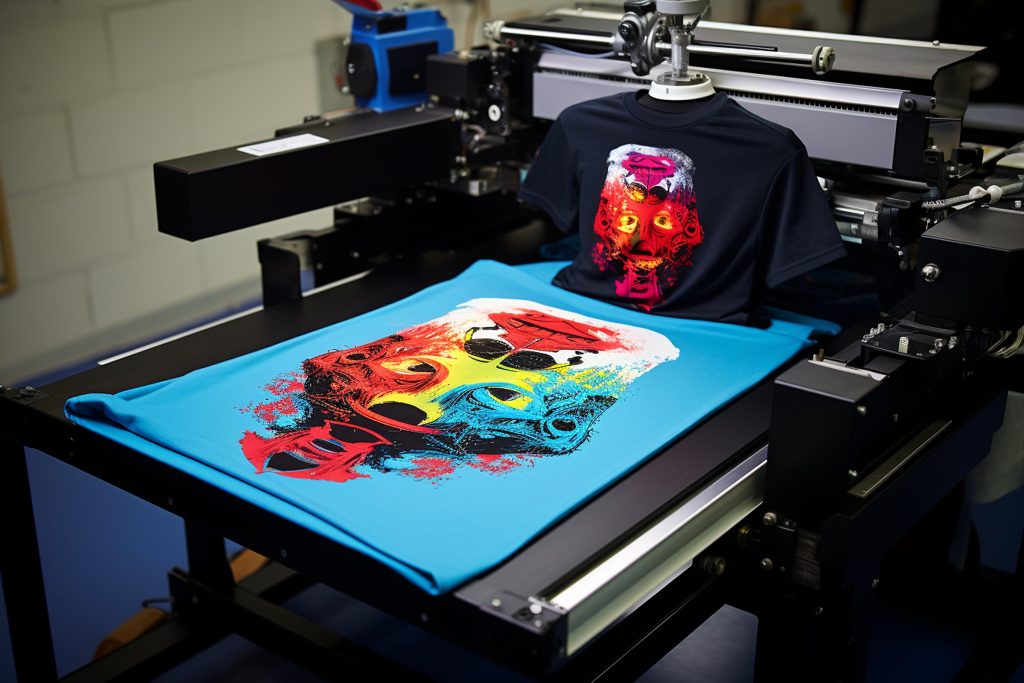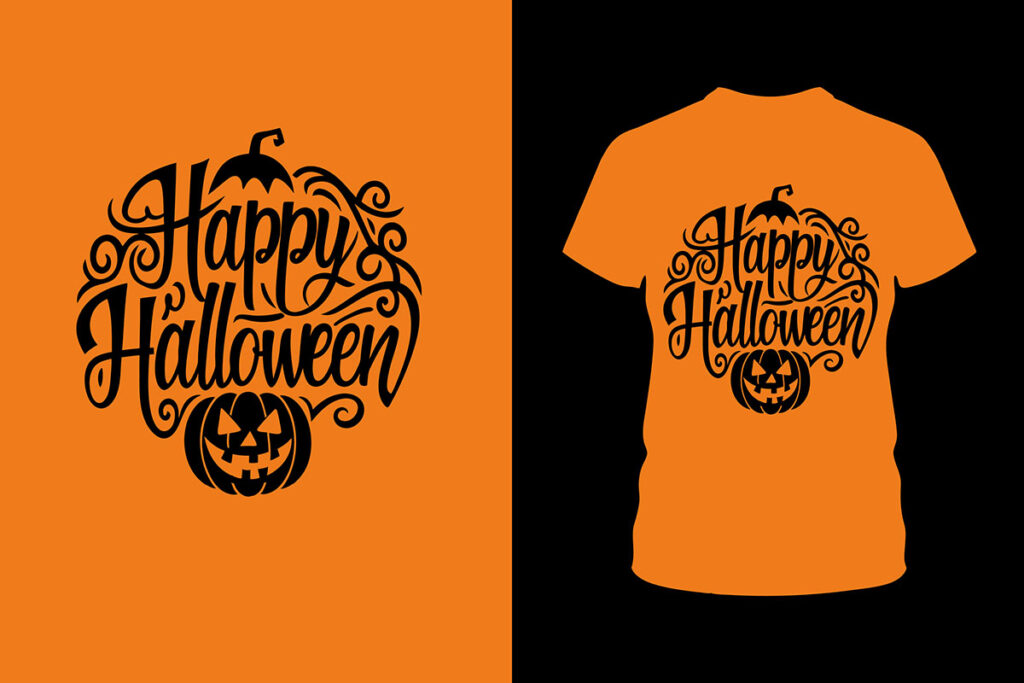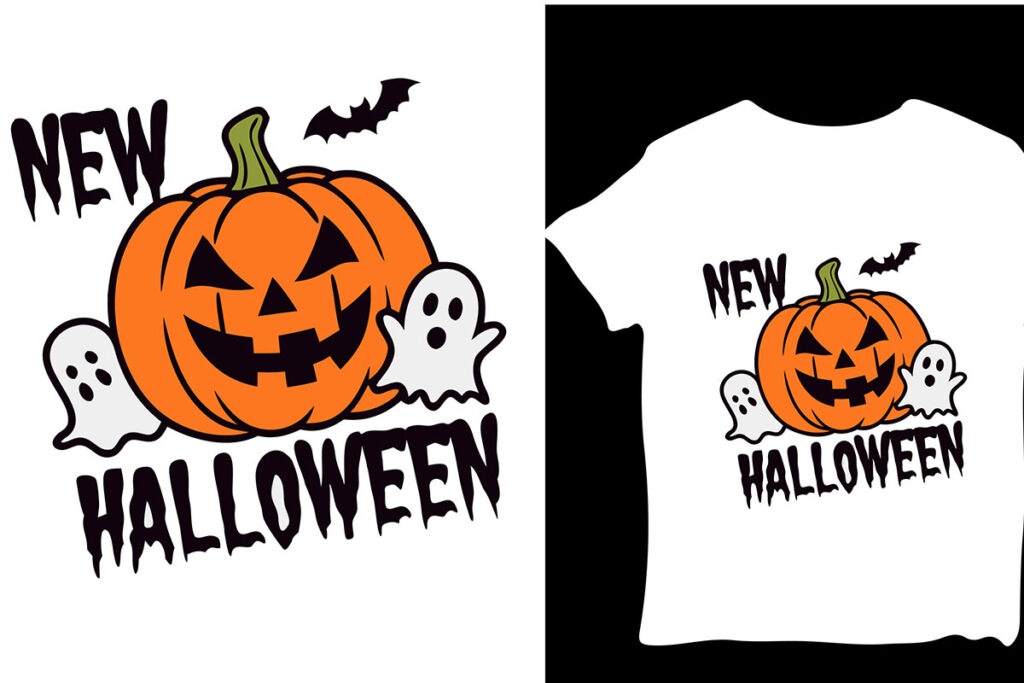In the world of custom apparel, **DTF transfers** (Direct-to-Film transfers) are revolutionary, offering business owners a powerful tool to maximize profits and efficiency in their Printing ventures. This innovative technology allows for stunning graphics to be easily transferred onto a variety of textiles, making it a go-to choice for quality-conscious entrepreneurs. The benefits of DTF transfers are plentiful, from reducing production costs to enabling smaller, more manageable order quantities, making this process ideal for both established businesses and new startups. Furthermore, the surge in demand for personalized products means that savvy business owners can capitalize on this trend by utilizing DTF printing methods to create unique offerings that attract customers. Whether you’re a seasoned professional or just starting out, understanding the potential of DTF transfers is crucial in today’s competitive market.
Direct-to-Film technology, also referred to as DTF printing, is swiftly transforming the landscape of custom apparel production and is a game-changer for many business owners. This modern printing method utilizes specialized films to deliver high-quality images directly onto garments, allowing for remarkable detail and vibrant colors. As entrepreneurs look to diversify their product offerings, incorporating DTF transfers can provide distinct advantages such as lower overhead costs and the ability to meet consumer demands for personalized apparel. The flexibility inherent in DTF processes means that businesses can thrive even with unpredictable market trends, responding quickly to consumer preferences. Thus, utilizing DTF technology not only improves production efficiency but also enhances profit margins and customer satisfaction.
Understanding the Basics of DTF Transfers
Direct-to-Film (DTF) transfers represent a revolutionary shift in the textile printing industry, primarily distinguishing themselves through the ability to picture vibrant, intricate designs which cater to the ever-growing demand for custom apparel. The DTF process entails printing a design onto a film material, which is subsequently transferred onto fabrics using heat. This agility in producing high-resolution prints means that business owners can fully harness the unique metrics associated with customer preferences in real time, enhancing their overall service delivery.
Another noteworthy advantage of DTF technology is its versatility across various materials. Whether it’s cotton, polyester, or blended fabrics, DTF transfers adapt seamlessly, making it a viable choice for a wide array of custom apparel products. Additionally, thanks to a relatively straightforward setup, it allows businesses to swiftly respond to market demands without the cumbersome processes often associated with traditional printing methods. This is particularly beneficial for business owners operating in niche markets or with limited budgets for initial inventory.
Profits with DTF Transfers: A Financial Analysis
Business owners looking to maximize profits with DTF transfers will find that this method is synonymous with financial efficacy. Unlike traditional screen printing which incurs higher up-front costs due to equipment and bulk material purchases, DTF transfers require a fraction of this investment, catering inherently to the needs of small businesses or start-ups. This reduction in initial costs directly translates to higher profitability margins as prospective business owners can serve custom orders quickly without overspending on inventory.
In addition, DTF printing’s reduced labor costs provide an enticing prospect. Manual labor in traditional techniques can lead to significant overhead costs, whilst DTF technology can minimize these needs by streamlining operations through automation. By investing in quality equipment and embracing efficient workflows, business owners can cut unnecessary expenses and increase profits. This careful management of resources, paired with strategic pricing of custom apparel, ultimately positions businesses to capture a larger market share without sacrificing quality.
Market Trends and the Demand for Custom Apparel
In recent years, there has been a significant shift in consumer behavior, driving the demand for personalized and unique custom apparel to unprecedented levels. As e-commerce continues to thrive, business owners have an excellent opportunity to capitalize on this trend by integrating DTF transfer technology into their services. This adaptability not only strengthens brand visibility but also positions businesses to attract a more diverse clientele who increasingly seek tailored solutions.
Moreover, the rise of social media and influencer marketing amplifies this trend, offering new avenues for reaching target markets. Consumers today are not merely looking for products; they are seeking experiences and connections with brands that resonate with their identities. By leveraging DTF transfers to produce unique, high-quality designs that reflect current fashion trends or personal styles, business owners can meet this demand head-on, significantly enhancing potential profitability.
Implementing Best Practices in DTF Printing
To fully benefit from DTF printing, businesses must embrace best practices to ensure smoother operations and higher quality output. The foundation of successful DTF operations lies in investing in top-tier equipment designed specifically for DTF processes. Reliable printers capable of producing consistent results will yield high-quality transfers. Additionally, utilizing the most suitable film and inks can enhance the durability and vibrancy of prints, thereby increasing customer satisfaction and retention.
Equally important is the significance of continually optimizing workflows. By analyzing each stage of production and refining processes, business owners can identify inefficiencies and address issues proactively. Regular training sessions for staff involved in the DTF transfer process can foster a culture of quality awareness and accountability, resulting in reduced errors and enhanced efficiency which directly correlates with better quality control.
The Marketing Edge: Promoting Your DTF Services
Effective marketing strategies are pivotal for any business, especially in the realm of custom apparel. For those leveraging DTF printing, utilizing social media platforms to showcase unique designs and engage with potential customers can provide a significant edge in attracting and retaining clients. Featuring visually appealing images of successful projects, client testimonials, and even behind-the-scenes looks at the production process can create a compelling narrative that resonates with audiences.
Furthermore, targeted advertising can enhance visibility among specific demographics interested in personalized apparel. Digital marketing solutions like Pay-Per-Click (PPC) campaigns or social media ads can efficiently direct potential customers to your services. By emphasizing the unique benefits of DTF printing, such as customization and low order minimums, businesses can establish their distinct position within the highly competitive marketplace for custom apparel.
Sustainability in DTF Printing: A Smart Business Move
As sustainability becomes increasingly important to consumers, integrating eco-friendly practices into the DTF printing process can be a strategic advantage for business owners. Utilizing recyclable materials and environmentally friendly inks does not only appeal to the growing demographic of eco-conscious customers, but it also enhances the brand image of a business. Highlighting these practices in marketing efforts can set a company apart from competitors who may not prioritize sustainability.
Additionally, adopting sustainable practices in production can also lead to long-term cost savings. By reducing waste and using less harmful materials, businesses might decrease disposal and production costs. This not only supports a healthier planet but also significantly contributes to the bottom line. Overall, aligning your DTF transfer operations with sustainable practices can not only meet consumer expectations but also create a competitive advantage in the custom apparel market.
Frequently Asked Questions
What are the benefits of using DTF transfers for custom apparel?
DTF transfers provide numerous benefits for custom apparel, including high-quality prints with vibrant colors, cost-effectiveness due to lower materials usage, and flexibility for small production runs. This method allows businesses to minimize waste while meeting the increasing consumer demand for personalized products.
How can business owners maximize profits with DTF transfers?
Business owners can maximize profits with DTF transfers by investing in quality equipment, optimizing their workflow, and focusing on strategic marketing. Implementing effective promotional strategies and maintaining high-quality control can also attract repeat customers and enhance the overall profitability of DTF printing ventures.
What do business owners need to know about DTF printing technology?
DTF printing technology involves printing designs onto a special film that can be transferred to various substrates. This method differs from traditional screen printing by allowing for smaller batch sizes, lower production costs, and higher flexibility, making it ideal for entrepreneurs seeking to create custom apparel without large upfront investments.
Why is quality control important in DTF transfers?
Quality control is vital in DTF transfers to ensure durability and color vibrancy in the final product. Regularly testing prints for quality helps maintain customer satisfaction, leading to repeat business and positive word-of-mouth, which are essential for growth in the competitive custom apparel market.
What marketing strategies work best for DTF printing businesses?
Effective marketing strategies for DTF printing businesses include utilizing social media to showcase projects, engaging with customers, and running targeted advertisements. Sharing testimonials and behind-the-scenes content can also establish a brand identity and attract new clients interested in custom apparel.
What environmental considerations are associated with DTF transfers?
As consumers become more eco-conscious, using sustainable practices in DTF transfers, such as eco-friendly inks and recyclable films, can enhance brand appeal. Highlighting these sustainable efforts in marketing can attract a broader audience and align your business with ethical consumer values.
| Key Points | Details |
|---|---|
| Understanding DTF Technology | DTF printing transfers designs onto various substrates with high-quality graphics suitable for custom apparel. |
| Flexibility and Quality | Allows smaller production runs with high-quality, durable outputs, reducing waste and inventory costs. |
| Market Trends and Demand | Increasing e-commerce and demand for personalized products drive DTF printing market growth, especially in fashion and branding. |
| Analyzing Costs | DTF printing is cost-effective, requiring fewer materials and catering to small orders while maintaining quality. |
| Implementing Best Practices | Invest in quality equipment, optimize workflows, focus on strategic marketing, ensure quality control, and consider sustainability. |
Summary
DTF transfers are revolutionizing the printing industry, offering business owners a chance to enhance profitability through innovative strategies and technologies. Embracing DTF printing not only expands product offerings with customizable options but also responds to market demands for quality and sustainability. By implementing best practices—such as investing in high-quality equipment and optimizing workflows—businesses can significantly improve their efficiency and customer satisfaction. The rising trend in personalized apparel signifies a thriving market where creativity and quality control are paramount. Hence, leveraging the advantages of DTF transfers will position businesses favorably in an ever-competitive landscape, promising both financial success and customer loyalty.



